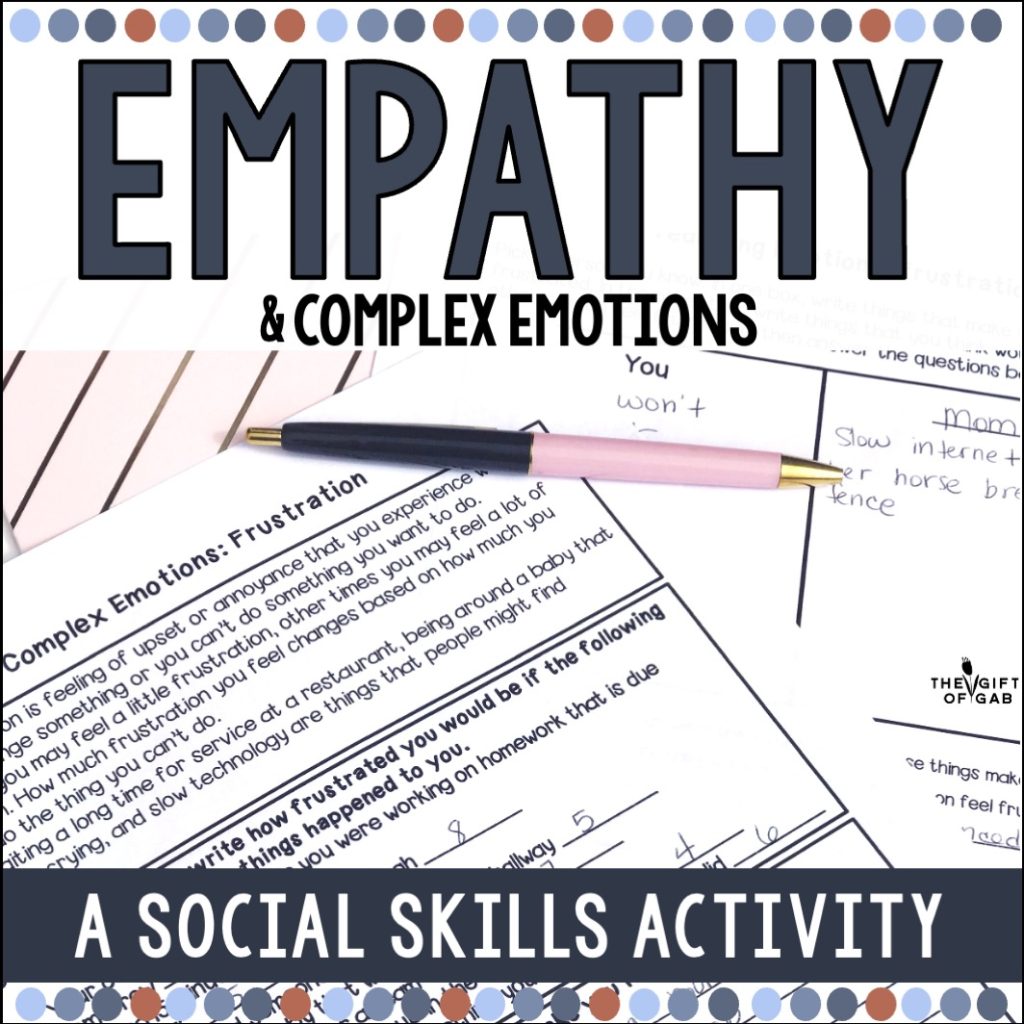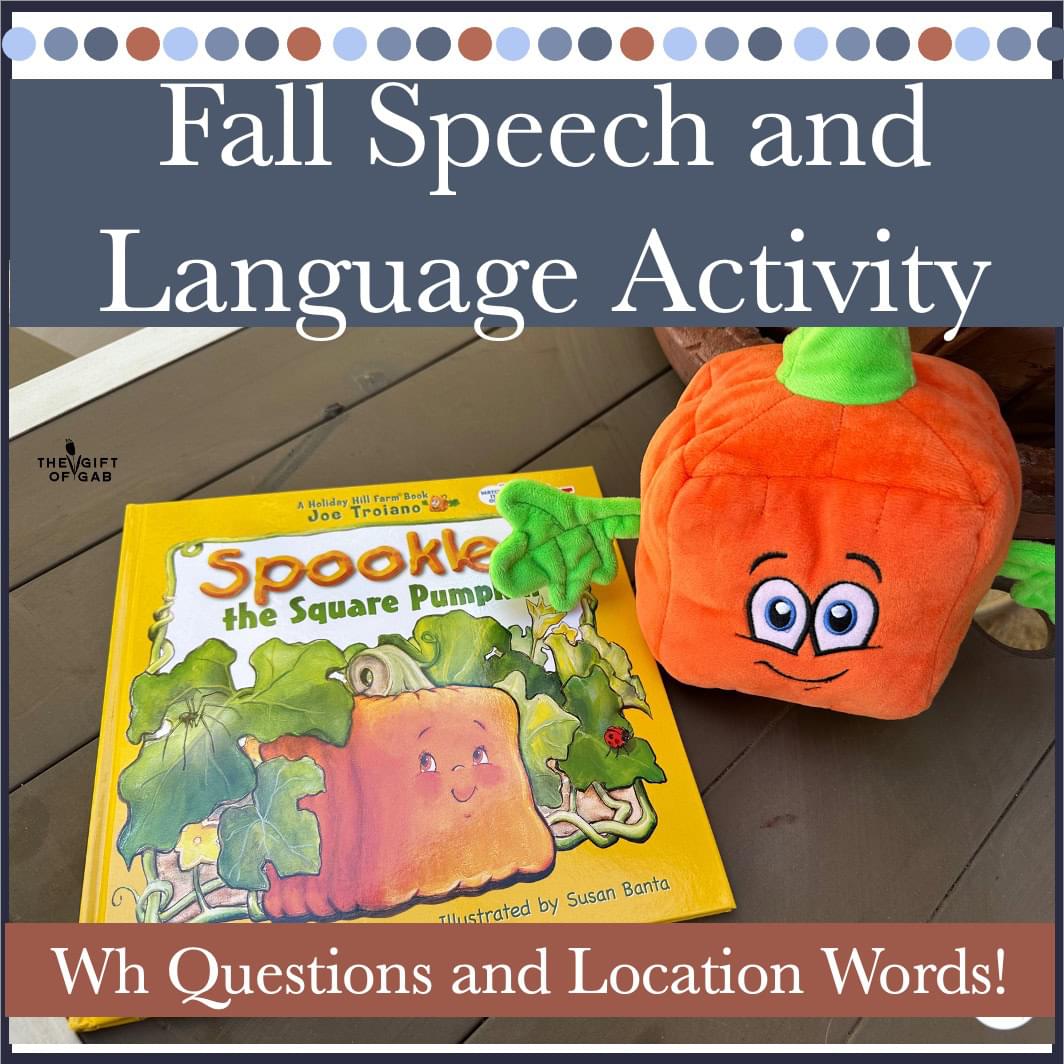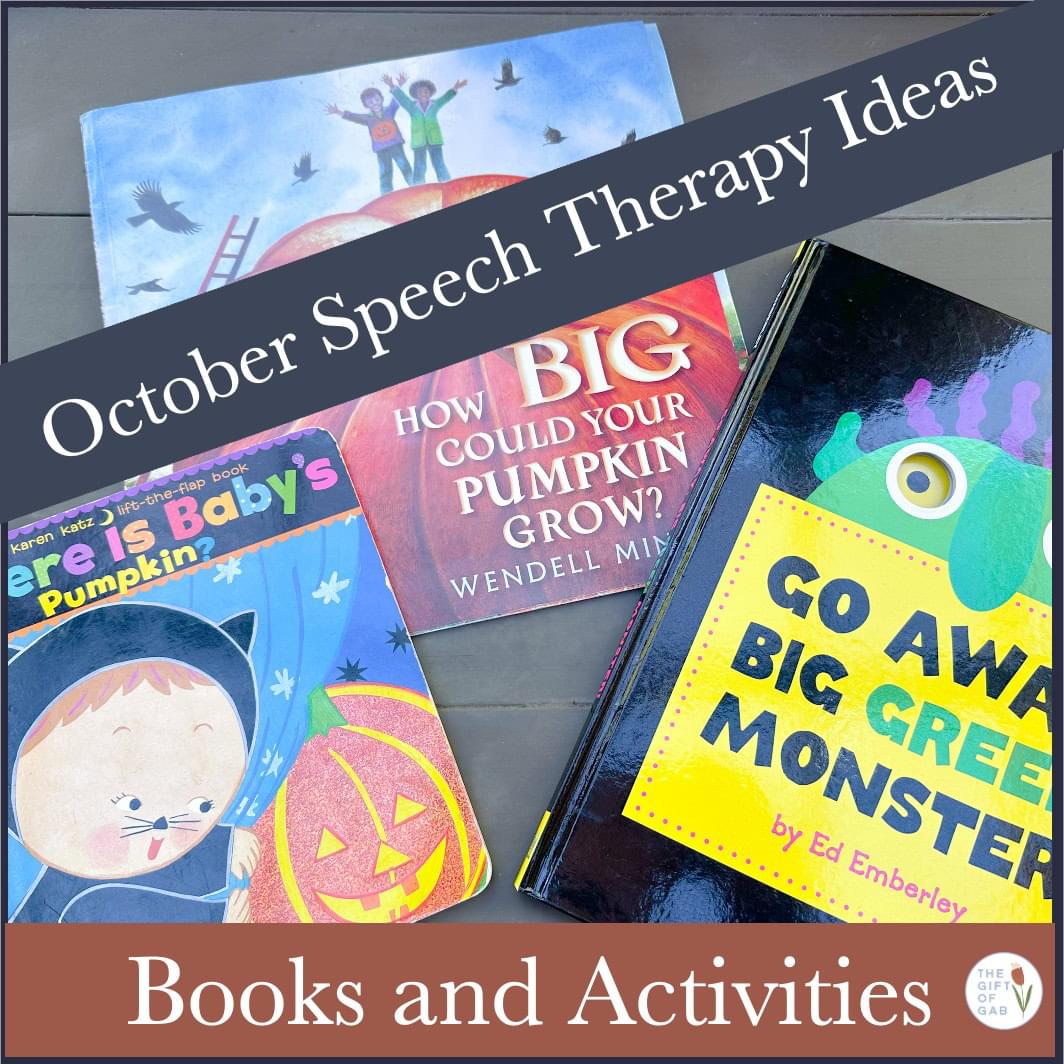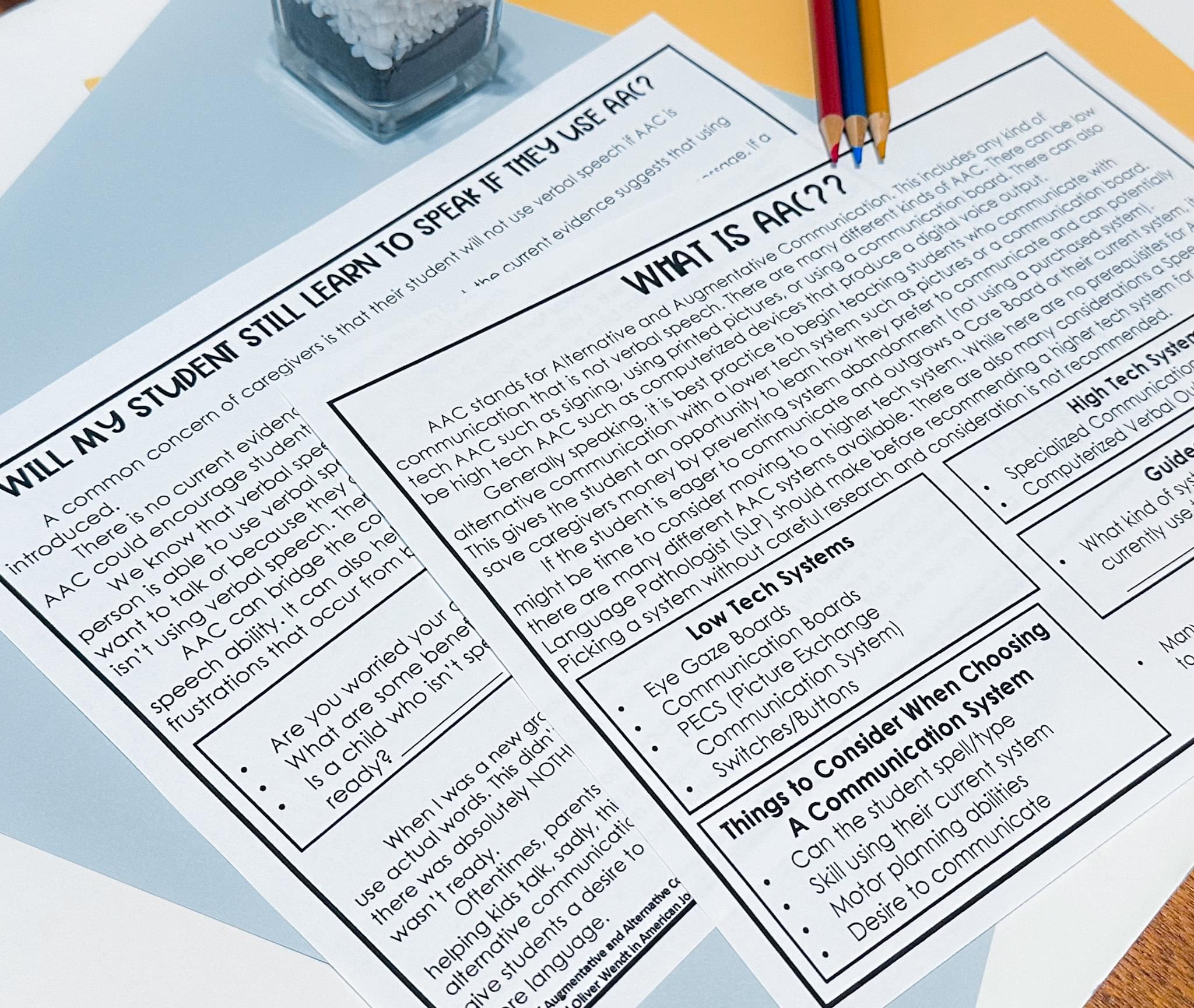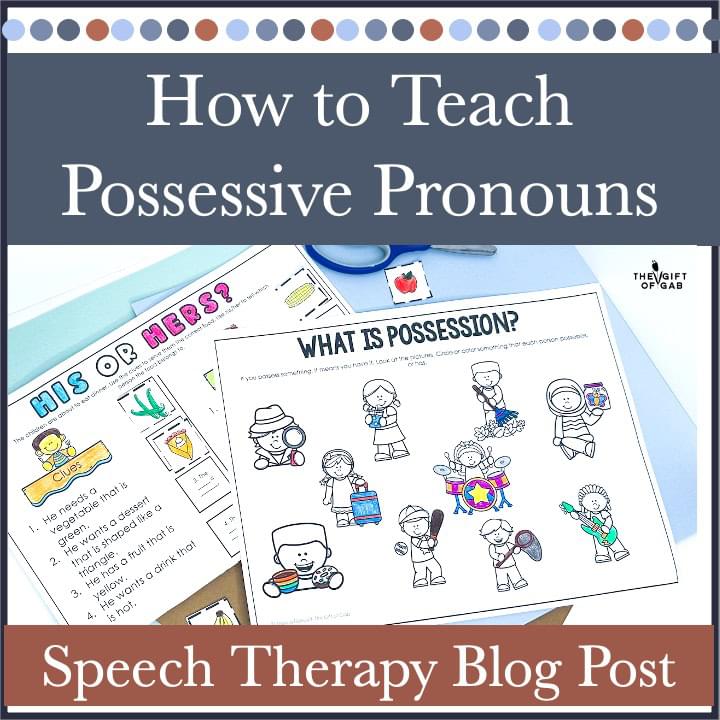Have you ever wondered how to teach empathy? Perhaps you have been a parent who is frustrated by your child’s seeming lack of empathy. You may be a professional who has identified that your student could benefit from developing empathy. Or, perhaps you are a teen or adult who recognizes you struggle to express empathy and wants to learn more about how to do so.
Whatever brought you to this page, I’m glad you are here.
I don’t have all the answers regarding teaching or learning empathy.
But I do have a logical and strategic system that will help you break down the steps needed to improve empathy skills.
Ready? Let’s break it down together!
Several foundational skills are needed before someone can express empathy.
Before an individual can begin expressing empathy, they must be regulated. This could be physically, emotionally, or mentally. No one does their best learning if they need to eat, cry, or rest. Take a minute to ensure the learner is regulated and ready to learn before you dive into these activities.
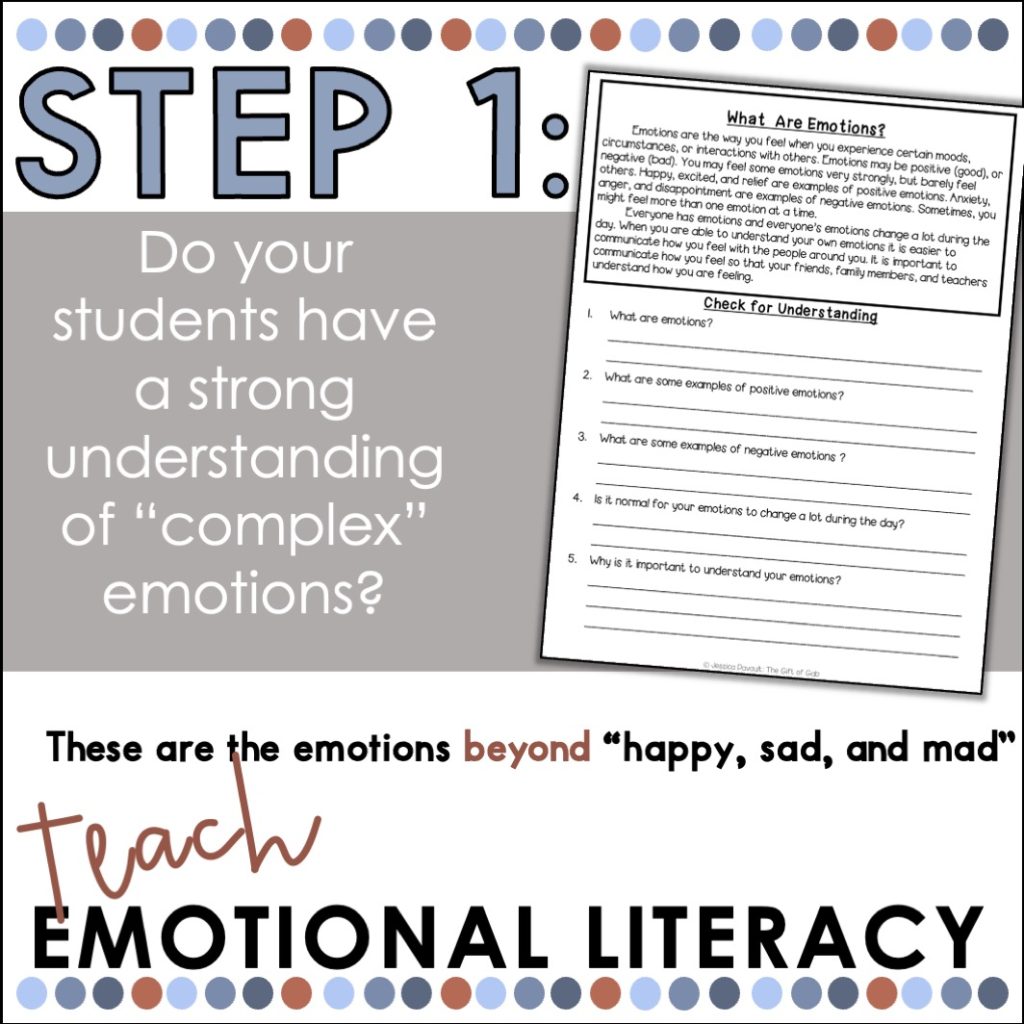
If you want to teach a student to express empathy, they must have the foundational skill of understanding emotions.
I have found that my students will often understand emotions like “happy, sad, and mad”, but struggle to identify more complex emotions.
Our students certainly experience these complex emotions, but they may not have the vocabulary to express how they feel. Or they may not understand that other people have similar emotions.
I recommend teaching emotions like vocabulary words. I start by defining the emotion, providing the student with some examples, and then encourage the student to list things that have caused them to experience that emotion in the past.
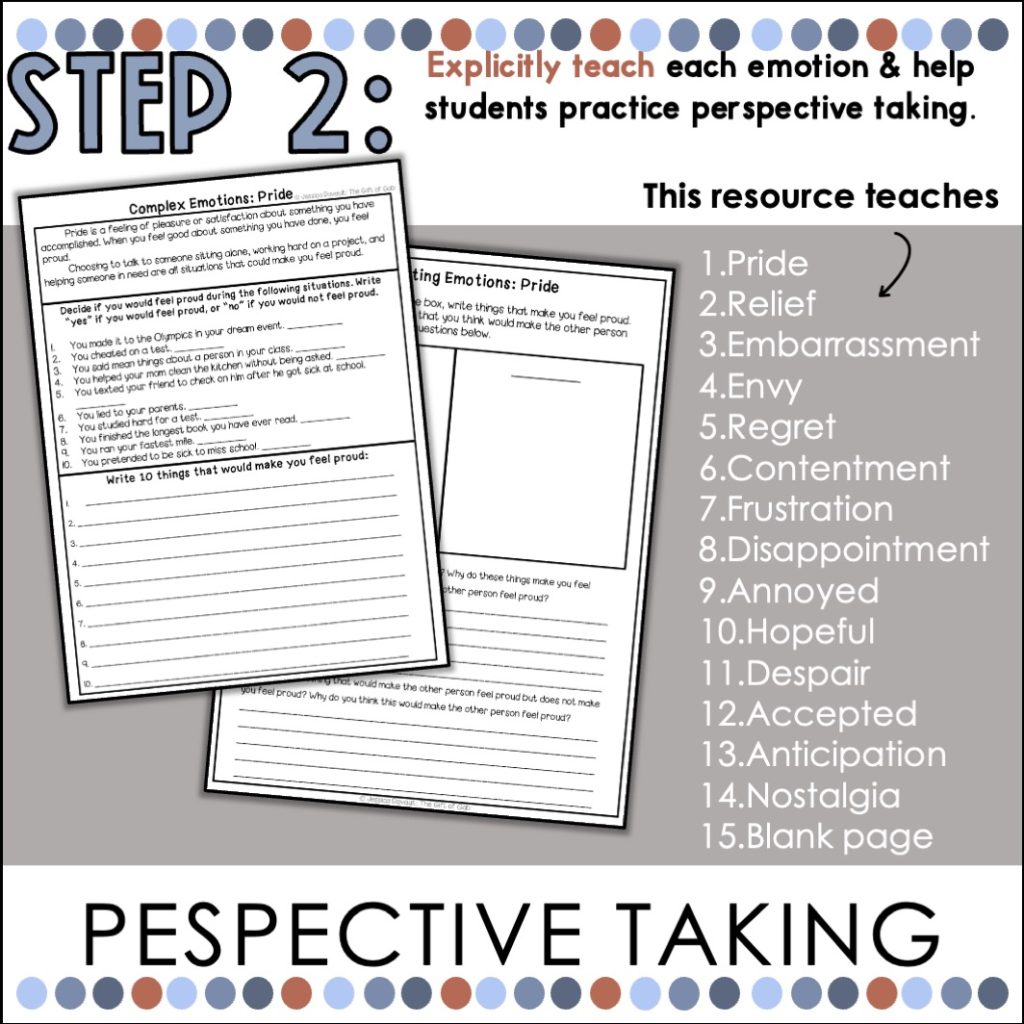
Once a student begins to understand a variety of emotions, it is time to introduce a little perspective taking.
We want our students to understand that other people have these same emotions-BUT different things may trigger them!
For example, I feel proud when I set a new PR in the gym, because I am a gym rat. However, my friend Michelle feels proud when she gets an A on her chemistry test. I am not taking chemistry right now, so that doesn’t make me feel proud. (At least not proud of myself, I am certainly proud of my friend!)
Walk your students through these kinds of scenarios to help them practice their emotional literacy skills and their perspective-taking abilities. Once you feel like they have this down, then move on to step 3.
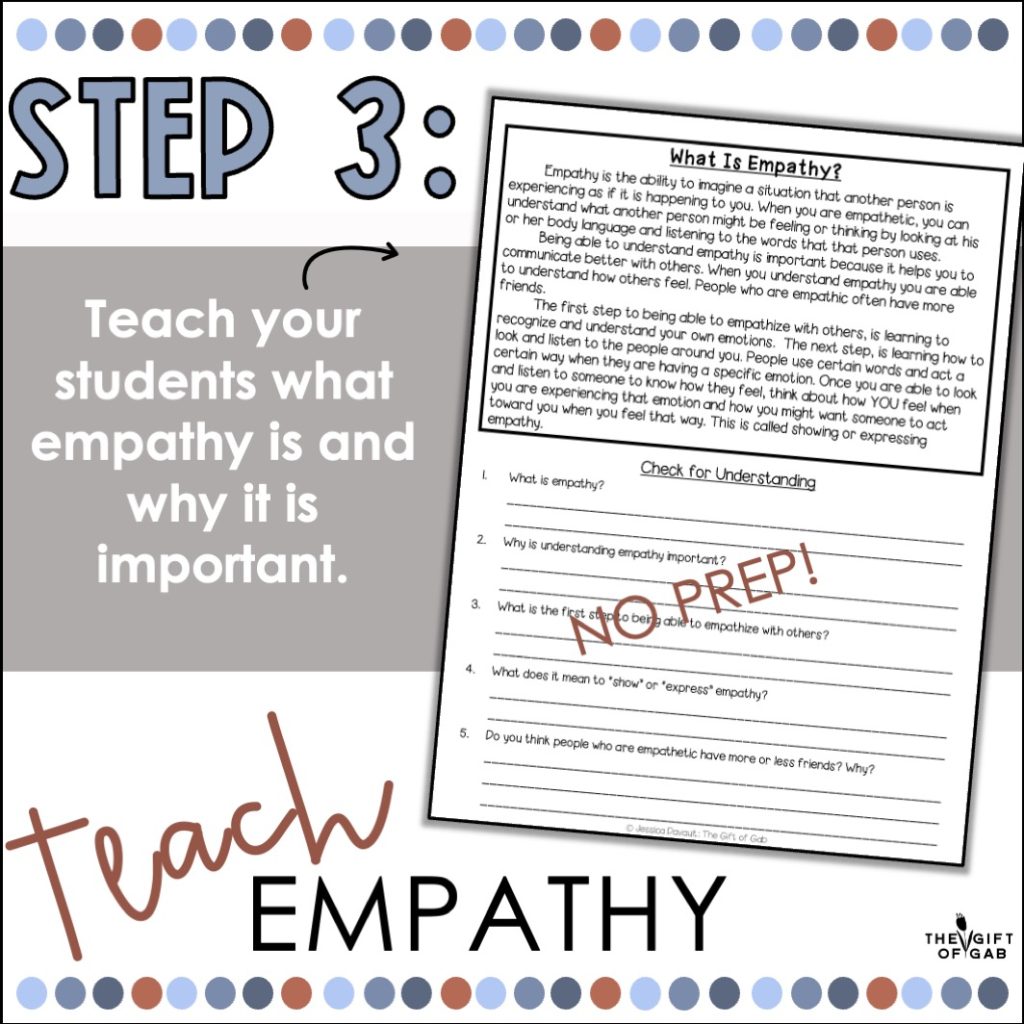
Empathy is a word that might be unfamiliar to your students. Treat it like any other new vocabulary word and explicitly teach this concept. This may seem like an insignificant step, but taking a minute to explain what empathy is will make it easier for your student to express empathy in the next step.
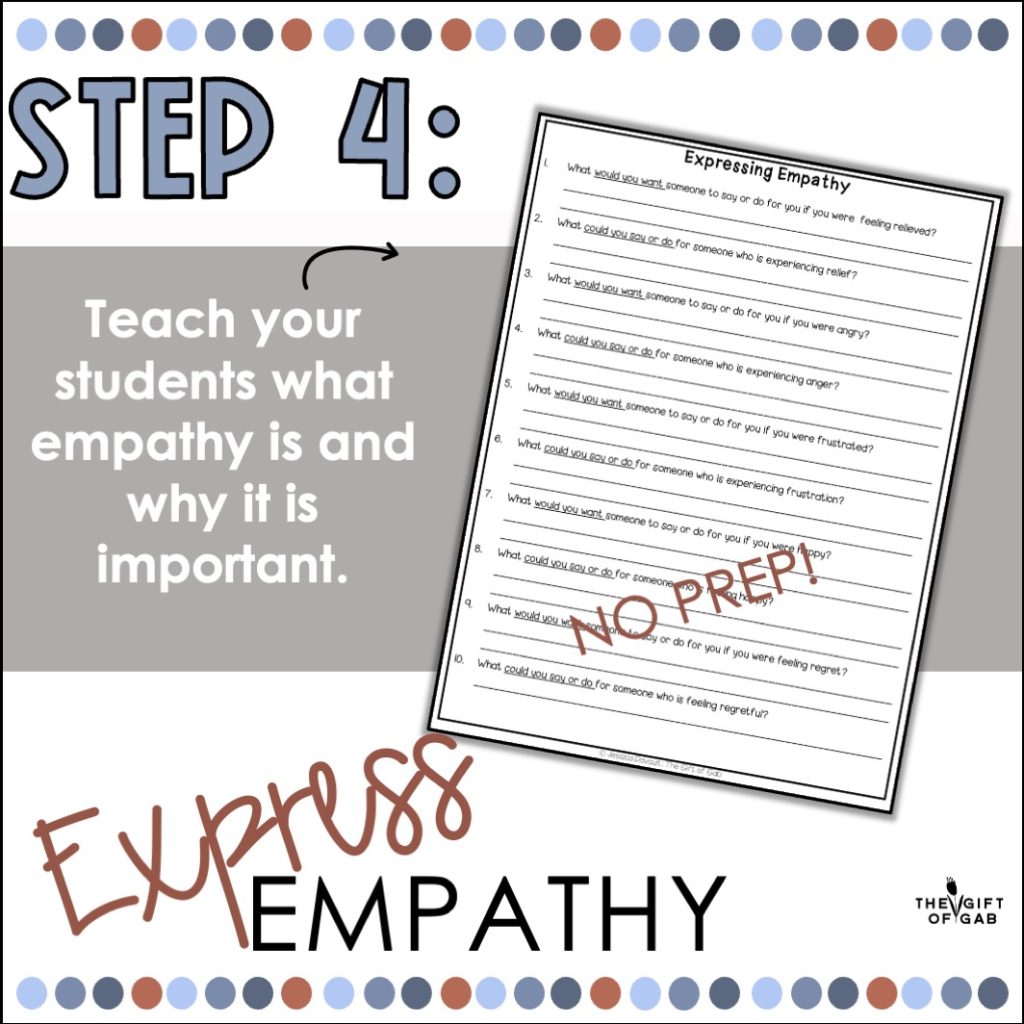
Imagine you were sick. What would you want someone to say to you or do for you? Now, imagine your mom was ill. What do you think she would like you to say or do for her?
How you act on this knowledge is expressing empathy.
Give your students a variety of scenarios intended to guide them through the process of using what they know about emotions to take the perspective of others, and then act in an empathetic fashion.
You could practice scenarios that contain emotions like disappointment, regret, or any other complex emotion.
Step 5: Practice
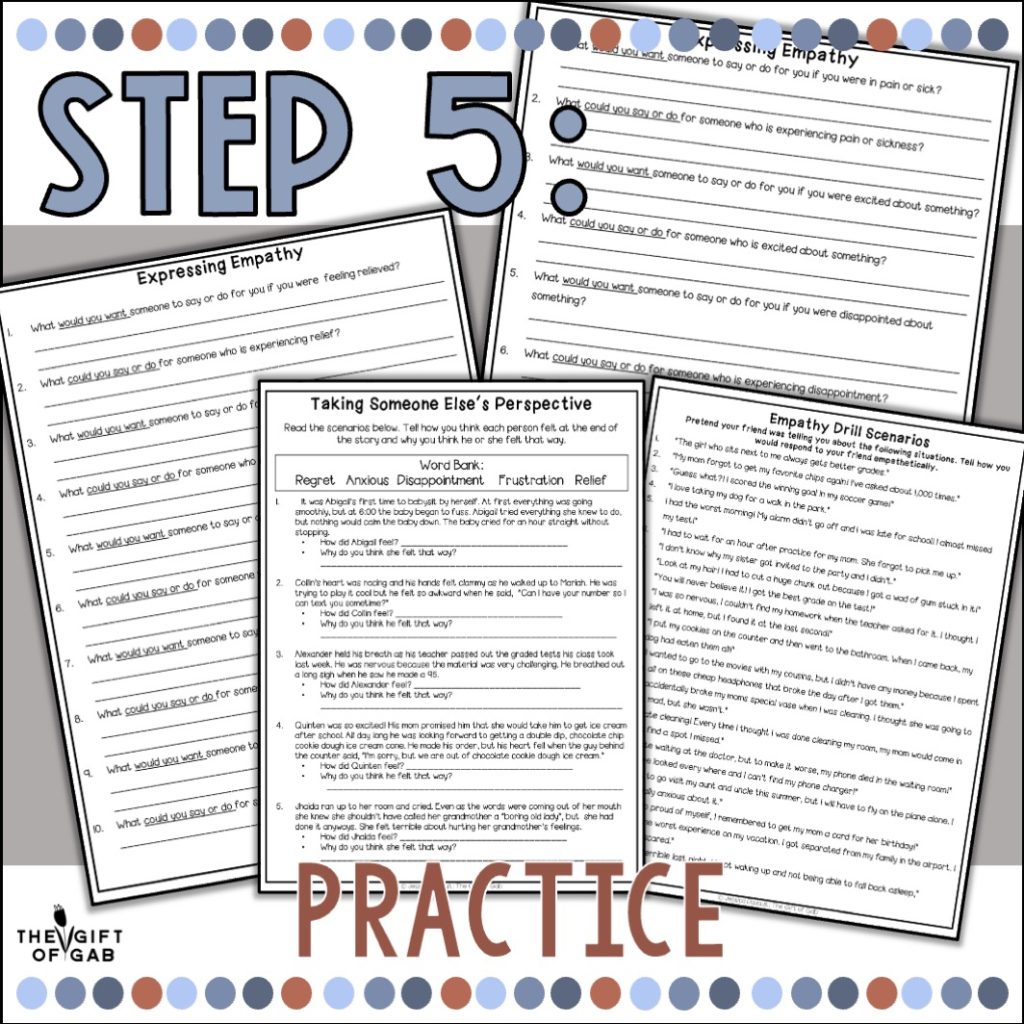
Once you have introduced each concept, take time to practice it in a structured setting. This could be the speech room, the special ed room, or any place where you have control over the situation. You may practice this with worksheets or through role play. The key here is to keep it structured so your student knows what they are working on!

Once you have taken the time to teach these skills explicitly, it is time to practice them as they occur in real life. If a time arises where your student can practice identifying emotions, taking perspectives, or expressing empathy, be sure to act on it. Naturalistic teaching will help your student connect the dots that we made while teaching these foundational skills.
If my method of teaching empathy intrigues you, I have two resources that you might find helpful.
Resource #1 is the digital format of this teaching guide. It was created with educators in mind. It includes worksheets and activities for every step of the process I outlined above.
Resource #2 was created with individuals in mind. It is a print workbook that you can purchase on Amazon. It is perfect for individuals wanting to improve their empathy skills at home.
